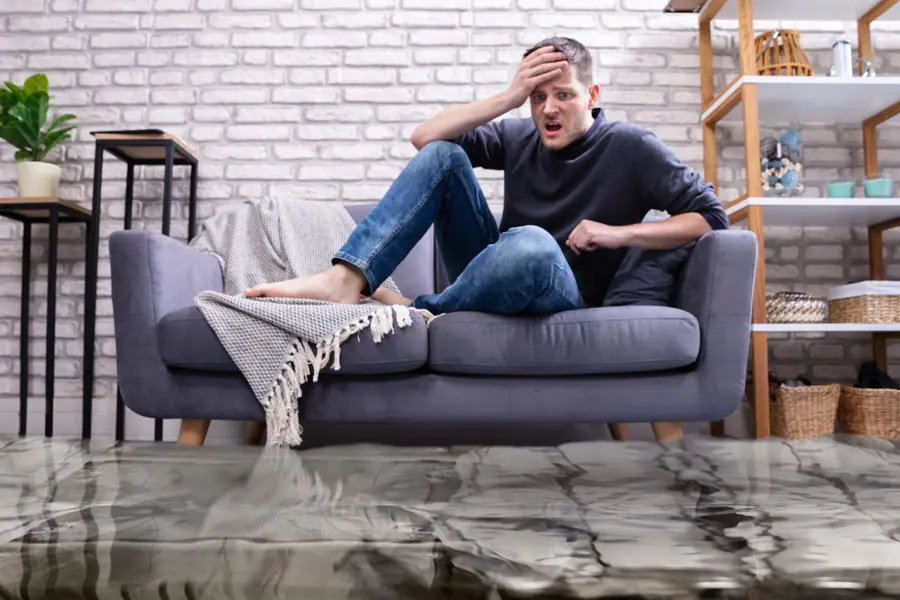Many assume their homeowners’ policies cover flood damage, which is untrue. This article will help homeowners better understand the nature of this insurance and what steps they can take to minimize their risk.
To start, check if your community is in an NFIP zone and, if so, learn about the policy options available. Then, consider submitting an elevation certificate to FEMA to request a LOMA and save money.
Coverage Limits
While a flood insurance policy in PA protects your property and belongings, it is important to consider how much coverage you might need. You may be surprised that even a small amount of damage can cause significant financial losses.
Typically, flood policies limit the coverage for buildings to $250,000 and contents to $100,000. However, many private insurers offer higher limits for dwelling and contents coverage.
If your home is in a high-risk area, the federal government requires you to get flood insurance with any government-backed mortgage (FHA, VA, and USDA loans). Lenders for other types of homes may also require you to carry this coverage.
You can check your home’s risk using FEMA’s online mapping tool, but it’s also worth examining the risks of the area in which you live or intend to purchase a property. Various factors, including poor drainage systems, rainfall, or snowmelt, can cause flooding. In addition, flooding can be triggered by other sources of water damage, such as burst water pipes or sewer backups.
Exclusions
Even living outside a flood zone, you should consider getting insurance. Flood damage is the most costly of all-natural disasters, and just one inch of water can cause $25,000 worth of damage. A home’s mortgage lender often requires it or strongly recommends it. To determine your flood risk, enter a zip code or address in FEMA’s map service center and zoom in to view your area.
While standard homeowners policies usually cover some forms of water damage, such as a burst pipe or overflowing toilet, separate flood insurance is needed to protect against flooding. The standard homeowner’s policy excludes many of the same types of property damaged by floods—including mold and mildew (unless it can be linked to a flood), earth movement, sewer backup, and mudflow.
In addition, most flood policies exclude the cost of debris removal unless it’s related to a covered peril, such as a hurricane. Sometimes, you’ll have to buy a separate debris removal policy or add an endorsement. Most flood policies also have a waiting period before the coverage takes effect—typically 30 days, though private flood insurers may offer shorter wait periods.
Deductibles
Flood insurance is typically sold separately from homeowners or renters coverage. The cost of this coverage depends on many factors, including the property’s flood risk and building characteristics.
Your deductibles—the amount you must pay before your policy starts paying—are another important factor to consider. A higher deductible reduces your premium costs. However, it would help if you also considered the potential impact of a higher deductible on the value of your possessions.
The National Flood Insurance Program (NFIP) sets the maximum deductible for buildings and contents at $250,000 for single-family homes and $100,000 for non-SFHAs. The NFIP also offers a Preferred Risk Policy that provides building and content coverage in moderate-to-low flood risk areas for one price.
To determine your home’s flood zone, enter your address or ZIP code into FEMA’s map portal and click on the hazard area icon. You can also learn more about NFIP regulations by clicking the “Resources” link and viewing the “NFIP Basics” presentation. Then, talk to your insurance professional to discuss the benefits and costs of a flood policy.
Coverage Options
Unlike other forms of insurance that cover accidental or sudden water damage, flood insurance is specifically designed to address damages caused by true flooding. The best way to determine if you need flood insurance is by checking your home’s rebuild cost and talking with an independent insurance agent.
Most mortgage lenders require homeowners in high-risk flood zones to purchase flood insurance, but coverage is a smart investment for anyone who lives in or near a moderate or high-risk zone. If you are considering buying a home in a high-risk area, check out FEMA’s flood map service center to see your property’s specific risk level.
Policy Options
The decision to buy flood insurance can seem complicated, and the cost of a policy may be a concern. However, floods can occur anywhere, and the financial devastation they cause cannot be ignored. Homeowners insurance does not cover flooding, and buying a separate flood insurance policy is an option worth considering. Mortgage lenders typically require homeowners to purchase flood insurance if their property is in a high-risk zone, and the federal National Flood Insurance Program offers Preferred Risk Policies for homeowners in moderate- and low-risk zones at an affordable price.
Private insurers can also provide flood insurance and be more selective about the properties they insure. Their rates can differ, and they may offer coverage limits higher than those the NFIP offers. In addition, some private carriers include a replacement cost loss settlement option for primary dwellings. This means that the policy can cover the cost of replacing a home up to its current value and isn’t just an indemnity payout in the event of a loss. However, many of these policies are designed on the same form as NFIP, so buyers should read the fine print to understand what is covered.



